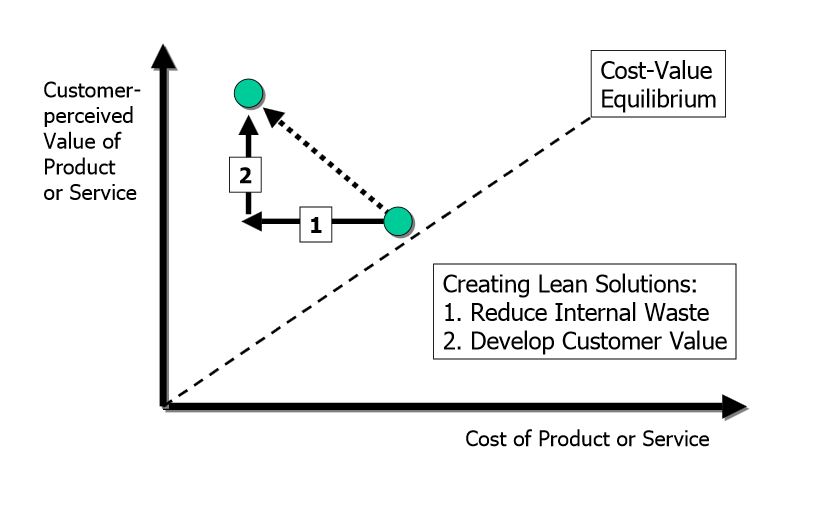Applying Lean Techniques to Your Business
If you have thought about applying lean techniques you might wonder where to start and what the benefits are. Is lean only for certain types of manufacturing firms? Is this only applicable to the shop floor? And will this make my business more profitable? We know the undoubted benefits of applying lean techniques to the automotive industry. However, other sectors can unlock the benefits of a lean approach.
What is Lean?
Leanproduction.com defines lean manufacturing as “relentlessly working on eliminating waste from the manufacturing process.” These production methods are derived from the Toyota Production System, which focuses on reducing waste to bring overall value to the customer.
In my experience, I have found that these lean techniques can be applied to any company:
- Specify what does and doesn’t create value from the customer’s perspective. This is not what the company or the departments think adds value.
- Identify all the steps necessary to design, order and produce the products across the whole value stream. Doing this highlights non-value adding waste.
- Perform those actions that create value without interruption, waiting, or scrap.
- Make only what is pulled by the customer.
- Strive for perfection by continuing to uncover and remove layers of waste.
What is Value?
Simply put, value is what the customer wants. And this is best delivered in an integrated holistic process-based approach. Customers receive the output of the complete process, not just the individual department.
What is Waste?
The 7 wastes, or muda (futility, waste, idleness) in Japanese, is a key concept in the Toyota Production System. Waste is defined as any of the following:
- Over-production
- Defects
- Unnecessary
- Inappropriate processing
- Excessive transportation
- Waiting
- Unnecessary motion
Finding the Right Balance
 Your business may be offering a budget, standard or premium service or product. Finding the right balance between value and cost of providing it is a crucial component of lean operations. Companies above the line are best at reducing internal waste and developing customer value. Those below the line are going to struggle to grow and gain and market share.
Your business may be offering a budget, standard or premium service or product. Finding the right balance between value and cost of providing it is a crucial component of lean operations. Companies above the line are best at reducing internal waste and developing customer value. Those below the line are going to struggle to grow and gain and market share.
The right balance also comes into play based on your organization’s activities.
If you had to classify the activities of your organization what percent would fall under:
- Value Adding Activities?
- Future Value Adding Activities?
- Support Activities?
- Waste?
Once you have the answer to these questions you are finished with the first step of lean thinking. Congrats! You are moving your company in the direction of greater operational efficiency. As most manufacturers know, this is only the beginning.
Your take:
How have you applied lean techniques to your business? What worked best? Let me know in the comments below.
Suggested:
- Take a look at additional business improvement blogs
- Read another article by Matt about generic vs. industry specific ERP
- For more guidelines read: Lean Profit Potential
- Check out LeanProduction.com for more information
- Learn more about Toyota’s lean philosophy

